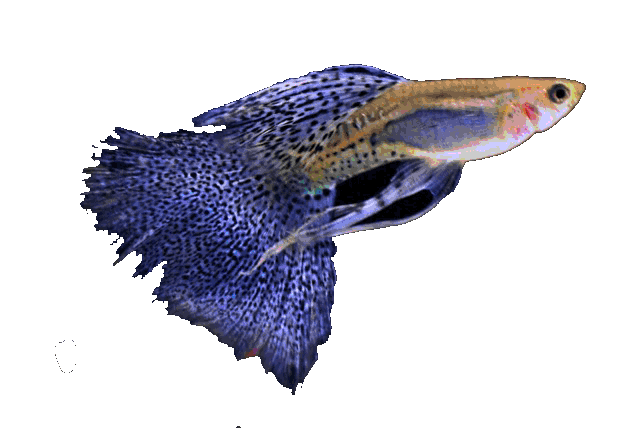



Kingdom: Animalia / animals
Trunk: Chordata / string players
Class: Actinopterygii / arthropods
Order: Cyprinodontiformes / Toothpicks
Family: Goodeidae / live-bearing Mexican carp
Genus: Xenotoca
Species: Xenotoca lyonsi (Dominquez -
Dominquez, Bernal - Zuniga, DM & Piller 2016)
Basic data:
Scientific name: Xenotoca lyonsi - Domínguez-Domínguez, O., Bernal-Zuñiga, DM & Piller, KR (2016)
Explanation of words: Xenotoca (Xenos = strange, Tokos = birth), lyons (species name named after ichthyologist Dr. John Lyons)
Slovenian name: Rio Tamazula - orange-tailed Mexican carp
Group: Livebirds
Origin: Mexico (endemic in the Tuxpan and Tamazula rivers with an altitude of more than 1000 meters , further south in the middle and upper reaches of the Cohuayana River
Size: 5 cm
Biotope / Habitat : It is found from clean fast streams to polluted roadside ditches and ponds with sandy or muddy bottoms, algae and plants. Depending on the season.
Social behavior: Unpredictable, sometimes good for a group aquarium, again aggressive to other fish, doesn’t go along with armored catfish. Rad bites the fins of other fish.
Diet: Omnivore
Cultivation: Easy
Aquarium: Minimum 100 liters
Population: flocks per 100 liters of water
Decoration: Plants, stones, roots
Temperature: 15-31 ° C
pH: 6.3-8.4
Hardness: from 9 ° dGh to 20 ° dGh
Lifespan: 5 years
Synonyms
Xenotoca lyonsi
Orange-tailed Mexican carp - Rio Tamazula
Characodon eiseni Rutter, 1896
Characodon variatus Reagan, 1907
Xenotoca eiseni Fitzsimons, 1972
Cultivation
It is grown in a species aquarium or with other Mexican live-bearing animals ( Ameca, Zoogoneticus , ..)
We do not grow it together with other species of the genus Xenotoca !
Dark base, rocks and plants with swimming area.
Highly resistant fish and adaptable to various water parameters. It can withstand short-term cooling to 10 degrees C. and rises above 30. For this reason, it is suitable for garden ponds in the months when night temperatures are above
10 degrees Celsius.
Food
It is an omnivore, little by little it is best not to forget the source of plant food (color)
Reproduction
We can prepare a pair or a school of fish, there should be a lot of plants in the aquarium.
Family Goodeidae is unique among live births, embryos they develop in development through a maternal "trophotenia" tube. Trophothenia is a day or two still visible after the birth of pups. The incubation period is two months.
The female gives birth to 5 to 50 young that are quite large (1-1.5 cm) and immediately start competing for food.
Fertilized females have very large bellies, kept at a temperature of about 24 degrees, fresh water without nitrites and ammonia with a lot of oxygen, medium hardness and pH around 7. It is best to keep pregnant females separate from other fish in a separate aquarium with a lot of vegetation (Java moss, ...) and a few hiding places.
The young are fed immediately with crushed flakes and small live or frozen food.
It's on the surface very useful water lentil or ryegrass, as it retains and reproduces many small organisms (infusoria, ..), which serve as food for young people.
Young people grow quickly with good and quality food and are sexually mature at the age of six months.
Interesting
This species does not store sperm like most live births. Trophothenia performs a similar function as the placenta in mammals, in newly hatched pups we can observe the remains of the "umbilical cord", which soon disappears.
* Xenotoca eiseni (Rutter, 1896) was divided into three species in 2016.
Each expresses an isolated population with different genetic characteristics.
* Xenotoca lions , ( Domínguez-Domínguez , Bernal-Zuñiga & Piller , 2016) - formerly known as X. eiseni , Rio Tamazula
* Xenotoca doadrioi , (Domínguez-Domínguez, Bernal-Zuñiga & Piller, 2016) - known as X. eiseni , San Marcos

